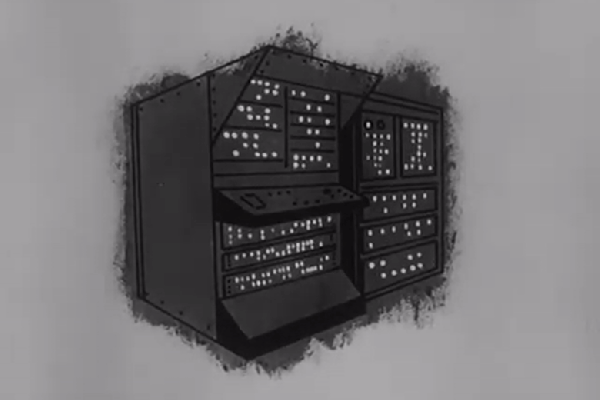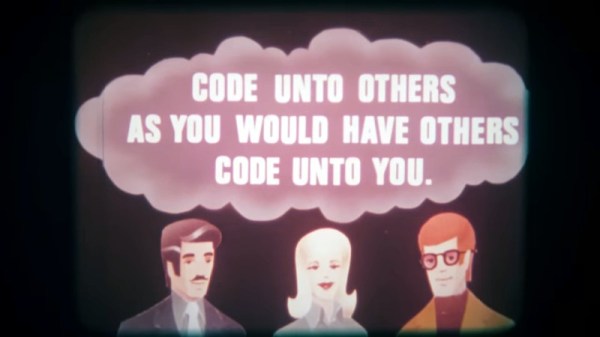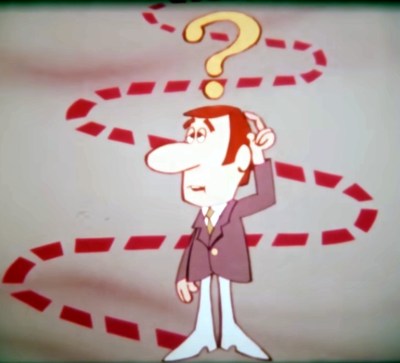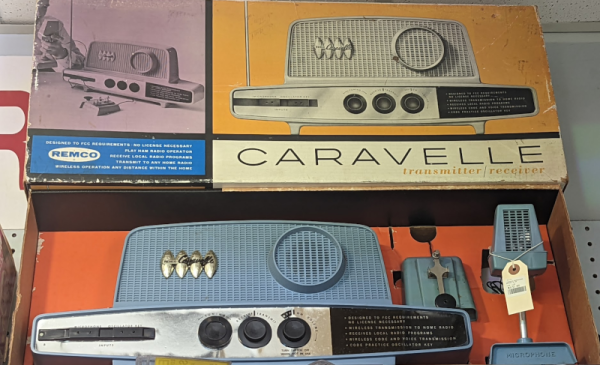To celebrate the twentieth anniversary of their Trinitron line of televisions, Sony launched the KX-45ED1. At forty three inches the screen on this particular model made it the largest tube television in the world, and it came with the kind of price tag that if you need to ask…you can’t afford it (likely around $100,000 USD today). Three decades later, only two of these mythical displays were thought to exist and [shank] chronicled his quest to acquire one of the last remaining “Big Boys” in the mini documentary below.
As it turns out, one of these gigantic tube televisions was located on the second floor of a restaurant in Japan still sitting in the same place it was installed in 1989. It hadn’t moved in the intervening decades, because the television and its specialized support stand weighed over 500 pounds. Having an object that heavy physically moved down a flight of stairs would seem to be the most formidable challenge for most, but compounding the issue for [shank] was that the building housing this colossal CRT was set to be permanently closed in less than a week.
With next to no time to arrange an international flight, [shank] utilized the power of internet to ask for help from anyone currently living near the “Big Boy” CRT’s soon-to-be final resting place. It just so happened that a fellow retro tech enthusiast based in Japan saw the post, and traveled over an hour by train at a moment’s notice to aid [shank]. The heartwarming story of total strangers united by a common interest of preserving a rare piece of tech history is certainly worth a watch. Let alone the goofy size comparison footage of the smallest CRT display sitting on top of the biggest one.
Continue reading “Retrotechtacular: Quest For The “Big Boy” CRT Finds New Home In Mini Doc”



















